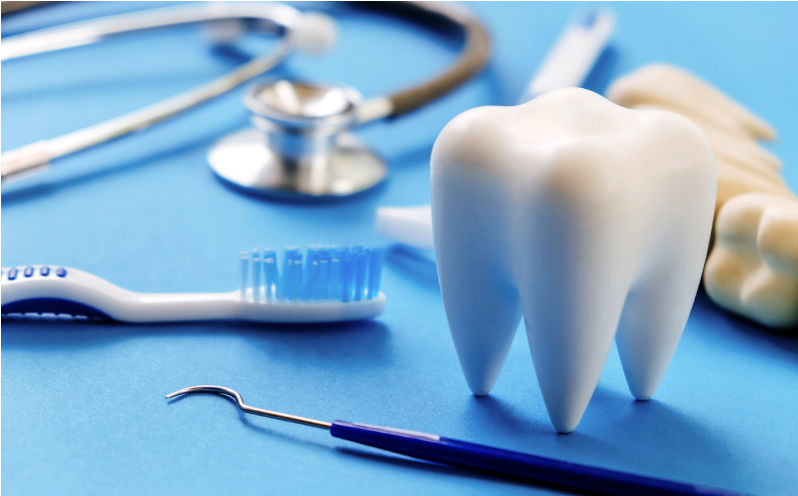Root canals and conspiracies
November 22, 2025
Social media misinformation is creating a public health problem of lost teeth, prolonged dental pain, unnecessary costs, and worsening inequalities in oral health.
Dentists expect to spend their days treating toothache and restoring damaged teeth. Increasingly, however, we are also contending with another problem: the influence of social media misinformation on patients’ beliefs about routine care.
Few topics illustrate this more clearly than root canal treatment, which has become a frequent target of online conspiracy narratives.
My recent research, published in Dentistry Journal, examined how root canal treatment is represented on Instagram. Instead of evidence-based information, I found a landscape dominated by visually striking, emotionally charged, and often misleading content. Posts routinely depict teeth ‘glowing’ with toxins, promote unscientific detox practices, and even cast dentists as concealing harm. This aestheticised misinformation gains traction not because it is accurate, but because it is compelling – polished imagery wrapped around pseudo-scientific language.
This is not merely an online distraction; it is a public health issue.
Oral disease remains one of Australia’s most unequal health burdens. The Australian Institute of Health and Welfare (AIHW) documents persistent socioeconomic disparities in oral health outcomes. The inequity of dental access has been articulately covered by Lesley Russell in her recent writing for Pearls and Irritations, with rising levels of dental disease in the Australian public and growing barriers to the affordability of care.
These disparities have the potential to intersect with exposure to misleading health content. People with lower health literacy – a challenge repeatedly identified within the National Digital Health Strategy – are more vulnerable to persuasive misinformation. When misinformation prompts people to decline treatment, delay intervention, or choose irreversible options (such as a dental extraction), inequalities deepen. Disease severity increases, preventable emergency presentations become more common, and long-term costs escalate across the health system.
Misinformation about dental treatments and disease may also drive consumers towards accessing their superannuation early to pay for care – with media reports demonstrating significant negative consumer outcomes to such behaviour and health regulators growing increasingly worried about health professionals’ inappropriate facilitation of early superannuation release.
Two actions are overdue. Firstly, strengthen the capacity of clinicians and public agencies to communicate effectively online.
Accurate health information competes poorly with visually powerful, algorithm-optimised content.
But clinicians themselves need resourcing – training in visual communication, interdisciplinary partnerships, and better amplification of evidence-based oral health content. Current guidance is heavily focused on advertising compliance, such as the regulatory expectations provided by bodies such as the TGA and Ahpra.
Pragmatic guidance is missing for clinicians to guide how they might approach online initiatives to improve health literacy. Clear expectations to address this topic within dental and other healthcare training curricula need to be outlined by the bodies accrediting training courses that lead to registration as health professionals.
Secondly, address the underlying trust deficit that makes misinformation persuasive.
Misinformation takes root where trust in institutions, government and health systems is fragile. People turn to influencers because they appear relatable, accessible, and emotionally attuned. Addressing misinformation requires more than correction – it requires rebuilding trust, ensuring patients feel respected, and acknowledging the emotional dimensions of health anxiety.
To this end, health professional communities need to reflect upon contemporary consumer expectations relating to engagement and decision-making. While most health professionals in 2025 are well versed in the principles of informed consent, as research in dentistry shows, true patient centred care is still an aspiration rather than a realised reality for many clinicians.
Dental misinformation may not draw headlines like pandemic conspiracies, but its consequences are immediate: lost teeth, prolonged pain, unnecessary costs, and worsening inequalities in oral health.
If we want a more equitable health system, we cannot ignore the digital forces shaping what Australians believe about their teeth.
The views expressed in this article may or may not reflect those of Pearls and Irritations.

